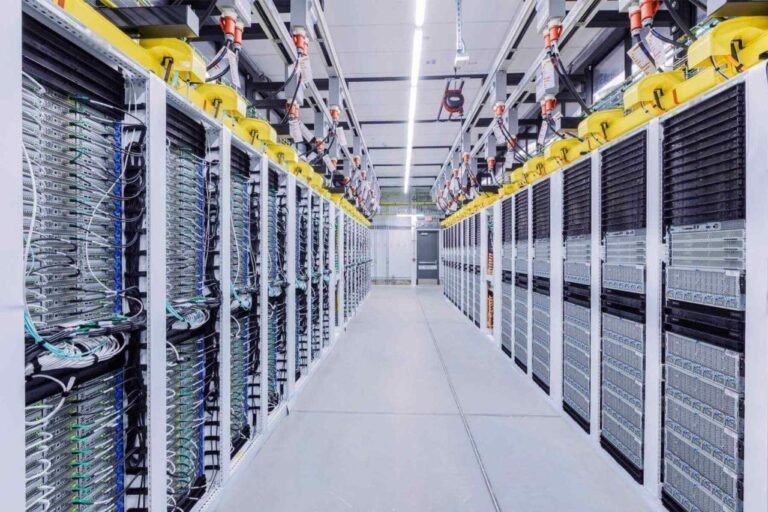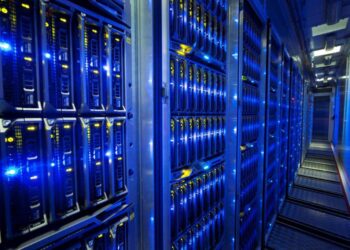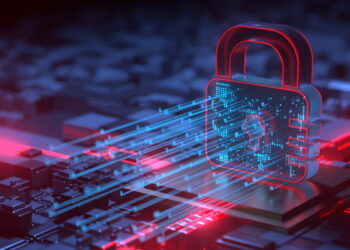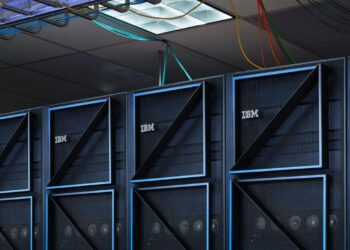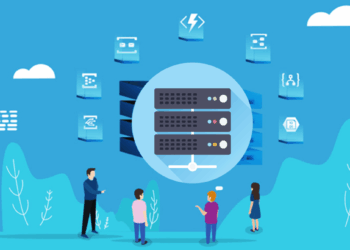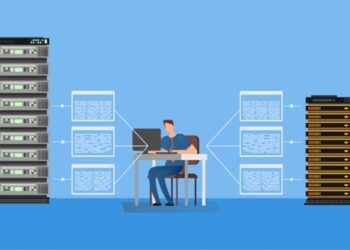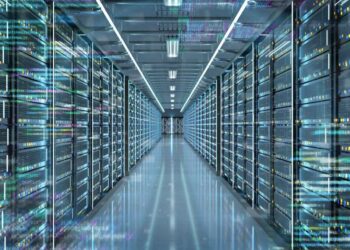In the digital age, data centers are the indispensable engines powering our interconnected world. From cloud services and artificial intelligence to streaming entertainment and financial transactions, virtually every aspect of modern life relies on these massive, energy-intensive facilities. However, as the demand for computing power escalates, so does the energy consumption of data centers, leading to significant operational costs and environmental concerns. The pursuit of data center power savings is no longer merely an economic goal; it has become a strategic imperative for sustainability, profitability, and competitive advantage. Achieving substantial power savings requires a multi-faceted approach, encompassing everything from innovative hardware and intelligent software to optimized infrastructure design and robust energy management practices.
The Looming Energy Challenge
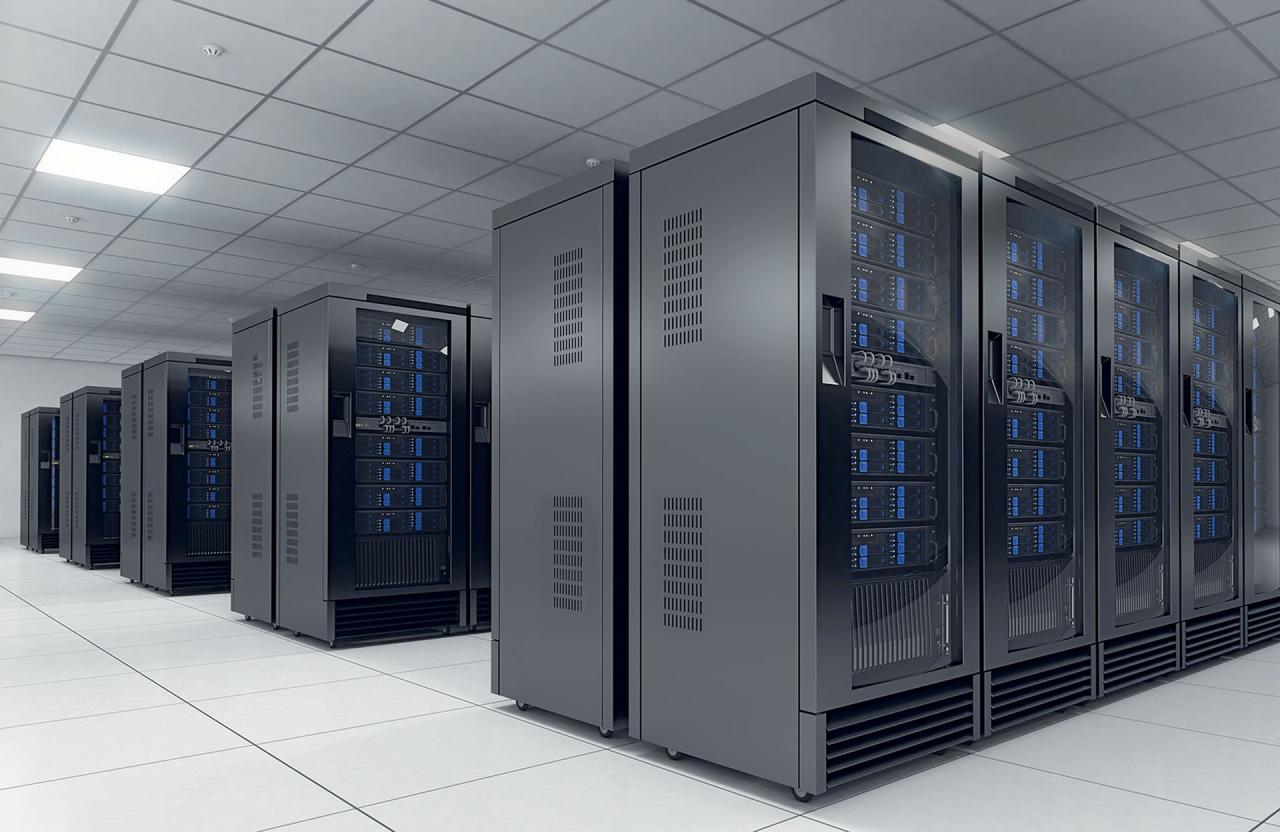
Data centers are notorious energy hogs. They consume an estimated 1% of global electricity, a figure that is projected to rise dramatically with the proliferation of high-performance computing, generative AI, and the burgeoning Internet of Things. This immense energy appetite translates into several critical challenges:
- Soaring Operating Costs: Electricity bills represent a substantial portion, often 30-50% or more, of a data center’s total operating expenses. Rising energy prices directly impact profitability.
- Environmental Footprint: The carbon emissions associated with powering data centers contribute significantly to global climate change, placing pressure on organizations to adopt greener practices.
- Power Density Limits: As servers become more powerful and densely packed, the demand for power per rack unit increases, pushing existing electrical infrastructure to its limits.
- Reliability Concerns: Inefficient power delivery or cooling systems can lead to brownouts, blackouts, or component failures, risking costly downtime.
- Regulatory Pressure: Governments and regulatory bodies are increasingly implementing energy efficiency standards and reporting requirements for data centers.
Addressing these challenges demands a comprehensive strategy focused on maximizing power savings across all layers of the data center.
Pillars of Data Center Power Savings
Achieving significant energy reductions in data centers requires a holistic approach that targets inefficiencies from the power grid connection right down to the individual server chip.
A. Optimized Power Infrastructure
The journey to power savings begins with the fundamental electrical infrastructure itself.
- High-Efficiency Uninterruptible Power Supplies (UPS): Traditional UPS systems can be highly inefficient, losing significant energy through heat. Modern UPS units, especially those utilizing modular designs and transformerless technology, offer efficiencies often exceeding 97-99% across a wide load range. These systems dynamically adjust power conversion based on demand, minimizing losses.
- DC Power Distribution: While most data centers use AC power, distributing power as DC (Direct Current) can eliminate several AC-DC conversion steps within the data center, reducing energy loss and simplifying power infrastructure. This is particularly relevant for servers that internally convert AC to DC for their components.
- Intelligent Power Distribution Units (PDUs): Smart PDUs at the rack level offer granular power monitoring, allowing operators to track power consumption down to individual server outlets. They can also enable remote power cycling of equipment, which aids in troubleshooting and energy management.
- Power Factor Correction (PFC): Ensuring a high power factor (close to 1.0) minimizes reactive power, which doesn’t perform useful work but still consumes current, leading to unnecessary energy losses and increased utility bills.
- Voltage Optimization: Maintaining voltage levels within optimal ranges can improve the efficiency of power supplies and other electrical components.
B. Efficient Cooling Systems
Cooling is often the single largest consumer of electricity in a data center. Innovations in cooling technology offer some of the most significant opportunities for power savings.
- Hot/Cold Aisle Containment: Physically separating hot exhaust air from server racks from cold intake air prevents mixing and bypass airflow. This simple yet highly effective method allows cooling units to operate at higher return air temperatures, significantly improving their efficiency and reducing fan energy.
- Hot Aisle Containment (HAC): Encloses the hot aisle, funneling hot exhaust air directly back to CRAC/CRAH (Computer Room Air Conditioner/Handler) units.
- Cold Aisle Containment (CAC): Encloses the cold aisle, ensuring all cold air is directed to server intakes, preventing it from mixing with ambient room air.
- Free Cooling Techniques: Utilizing outside air or water to cool the data center when external temperatures are low enough.
- Air-Side Economizers: Draw cool outside air into the data center directly or via heat exchangers.
- Water-Side Economizers: Use cool outside water to pre-cool chilled water loops.
- Evaporative Cooling: Uses the evaporation of water to cool air, a highly efficient method in dry climates.
- Liquid Cooling (Direct-to-Chip and Immersion): Moving beyond air entirely, liquid cooling offers superior heat removal efficiency, allowing for higher power densities and reduced energy consumption for cooling.
- Direct-to-Chip: Coolant flows directly over hot components (CPU, GPU).
- Immersion Cooling: Servers are submerged in a dielectric fluid. These methods virtually eliminate server fans and significantly reduce reliance on traditional CRAC units, leading to drastic power savings.
- Precision Cooling: Instead of cooling the entire room, focus cooling efforts directly on the hot spots or at the rack level. This includes in-row cooling units and rear door heat exchangers, which capture heat closer to its source.
- Higher Operating Temperatures: Modern servers are designed to operate safely at higher intake air temperatures (e.g., 27°C or 80.6°F) than traditionally thought. Raising the data center thermostat can significantly reduce cooling energy consumption without impacting server reliability.
C. Server and IT Hardware Optimization
The efficiency of the computing equipment itself is fundamental to power savings.
- Energy-Efficient Processors: Utilize CPUs and GPUs designed for higher performance per watt. Modern processors incorporate power management features like dynamic voltage and frequency scaling (DVFS) and idle states.
- High-Efficiency Power Supplies (Server PSUs): Specify “80 Plus” certified power supplies for servers, with platinum and titanium ratings offering 92-96%+ efficiency. These convert AC to DC with minimal energy loss.
- Server Virtualization: Consolidate multiple physical servers onto fewer, more powerful virtual machines. This reduces the number of physical servers needed, leading to fewer power supplies, less cooling, and overall lower energy consumption.
- Server Utilization Optimization: Actively monitor and manage server workloads to ensure optimal utilization. Idle servers still consume significant power. Tools that identify and consolidate underutilized servers can yield substantial savings.
- Flash Storage (SSDs): Replacing traditional spinning hard drives (HDDs) with Solid State Drives (SSDs) can significantly reduce power consumption for storage, especially in workloads with high I/O demands.
- Decommissioning Zombie Servers: Identify and power down “ghost” or “zombie” servers that are drawing power but performing no useful work. Regular audits are crucial for this.
D. Intelligent Data Center Management and Automation
Smart management systems leverage data and automation to fine-tune operations for maximum efficiency.
- Data Center Infrastructure Management (DCIM) Software: Comprehensive DCIM solutions provide real-time monitoring of power consumption, temperature, humidity, and airflow. They offer insights into energy usage patterns, identify inefficiencies, and help optimize resource allocation.
- Artificial Intelligence (AI) and Machine Learning (ML) for Optimization: AI algorithms can analyze vast datasets from sensors and operational logs to predict thermal loads, dynamically adjust cooling systems, optimize workload placement, and even identify potential failures before they occur. Google’s DeepMind famously reduced cooling energy consumption in its data centers by 40% using AI.
- Automated Power Management: Implement policies that automatically power down or put into low-power states unused servers or components during off-peak hours.
- Workload Orchestration and Scheduling: Intelligently schedule compute-intensive workloads during periods of lower energy cost or when renewable energy sources are more abundant. Shift workloads to more energy-efficient servers or regions.
- Predictive Maintenance: AI-driven predictive maintenance for cooling systems and power infrastructure can prevent costly breakdowns and ensure systems operate at peak efficiency.
E. Data Center Design and Location
Decisions made during the initial design and location phases of a data center can have a profound impact on long-term power savings.
- Geographical Location: Building data centers in regions with cooler climates allows for greater utilization of free cooling techniques, reducing reliance on mechanical cooling. Proximity to renewable energy sources is also a key consideration.
- Modular and Prefabricated Designs: These designs can be optimized for specific power and cooling requirements, leading to inherently more efficient facilities. They also allow for scaling capacity as needed, preventing over-provisioning.
- Hot/Cold Aisle Design: Fundamental to proper airflow management from day one.
- Raised Floor vs. Non-Raised Floor: While raised floors have been traditional, designs without raised floors often use overhead cooling distribution, which can be more efficient in certain layouts.
- Aisle Containment from Design: Incorporating containment strategies as part of the initial design prevents costly retrofits and ensures optimal airflow.
- Renewable Energy Integration: Directly sourcing power from on-site or nearby renewable energy sources (solar, wind) can offset grid power consumption and contribute to green initiatives, though this primarily impacts carbon footprint rather than direct consumption, unless combined with grid-scale storage.
F. Rack and Cabinet Optimization
Even at the rack level, there are significant opportunities for power savings.
- High-Density Racks: Consolidating more compute power into fewer racks can reduce overall data center footprint, leading to more efficient cooling and power delivery.
- Cable Management: Proper cable management prevents airflow obstructions within racks, ensuring that cooling air reaches all components effectively. Disorganized cabling creates hot spots and forces cooling systems to work harder.
- Blanking Panels: Filling unused spaces in server racks with blanking panels prevents hot exhaust air from recirculating back to the front of the rack, maintaining the integrity of hot/cold aisles.
- Server Placement: Strategically placing higher heat-generating servers closer to cooling unit intakes or in racks optimized for higher thermal loads.
G. Virtual Desktop Infrastructure (VDI) and Thin Clients
While not directly impacting server power, VDI can significantly reduce overall IT power consumption across an organization.
- Centralized Computing: Instead of individual powerful workstations, VDI hosts desktop environments on centralized servers in the data center.
- Thin Clients: End-users interact with these virtual desktops via low-power thin client devices, which consume far less energy than traditional desktop PCs.
- Power Savings at the Desktop: This shifts the power consumption from hundreds or thousands of individual desktop machines to fewer, more efficiently managed servers in the data center, leading to substantial campus-wide power savings.
H. Continuous Monitoring and Auditing
Power savings is an ongoing process, not a one-time fix.
- Power Usage Effectiveness (PUE) Tracking: PUE is a critical metric for data center efficiency (Total Data Center Energy / IT Equipment Energy). A PUE of 1.0 is ideal (meaning all power goes directly to IT equipment, with no overhead). Regular PUE measurement helps track progress and identify areas for improvement.
- Regular Energy Audits: Conduct periodic energy audits to identify new opportunities for savings, assess the performance of implemented solutions, and ensure that power management policies are being adhered to.
- Carbon Footprint Tracking: Beyond just power, monitor the associated carbon emissions to gauge environmental impact and progress towards sustainability goals.
- Benchmarking: Compare your data center’s energy performance against industry benchmarks and best practices to identify areas where further optimization is possible.
The Broader Impact and Future of Power Savings
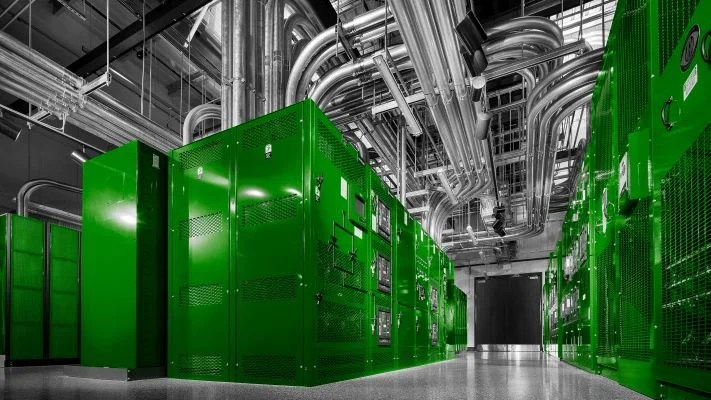
The drive for data center power savings extends beyond immediate cost reductions. It is intertwined with broader corporate responsibility and the future of sustainable computing.
- Enhanced Sustainability: Lower energy consumption means a reduced carbon footprint, aligning with global climate goals and corporate social responsibility (CSR) initiatives.
- Increased Reliability: Efficient power and cooling systems reduce the stress on equipment, leading to fewer failures, extended hardware lifespan, and improved uptime.
- Cost Predictability: By optimizing energy usage, organizations can better predict and control their operating expenses, mitigating the impact of fluctuating energy prices.
- Innovation Catalyst: The pressure to achieve power savings drives innovation in hardware design, cooling technologies, and intelligent management software, pushing the boundaries of what’s possible in data center operations.
- Competitive Advantage: Data centers that can demonstrate superior energy efficiency often gain a competitive edge, attracting environmentally conscious clients and investors.
- Edge Computing Considerations: As computing shifts to the edge, power savings become even more critical for smaller, distributed facilities where power infrastructure might be limited or expensive. Edge deployments often require compact, highly efficient, and ruggedized power and cooling solutions.
Challenges and Future Directions
Despite significant progress, challenges remain in achieving ultimate data center power savings:
- Retrofitting Legacy Infrastructure: Many existing data centers were not built with current efficiency standards in mind, making retrofitting for significant power savings complex and costly.
- Capital Investment: Implementing advanced cooling systems, high-efficiency UPS, or new server hardware requires substantial upfront capital expenditure.
- Complexity of Integration: Integrating various power and cooling technologies from different vendors can be challenging.
- Skills Gap: A shortage of professionals with expertise in advanced data center power management and energy efficiency can hinder optimization efforts.
- The “Jevons Paradox”: As computing becomes more efficient and cheaper, demand for computing services can increase, potentially offsetting some efficiency gains.
Looking ahead, the pursuit of power savings will continue to drive innovation:
- Further AI Integration: Even more sophisticated AI models will predict and manage power consumption across entire data center ecosystems, from grid connection to chip level.
- Modular and Liquid-Cooled Designs: Increased adoption of factory-built, liquid-cooled modular data centers that are inherently more power-efficient.
- Energy Storage Solutions: Integration of advanced battery storage, or even hydrogen fuel cells, to optimize power consumption from the grid and enhance resilience.
- Waste Heat Reuse: More data centers will explore opportunities to capture and reuse their waste heat for district heating, agriculture, or industrial processes, turning a liability into an asset.
- Sustainable Materials: Development of more energy-efficient and environmentally friendly materials for server components and cooling fluids.
- Closer Grid Integration: Data centers becoming active participants in smart grids, dynamically adjusting loads based on renewable energy availability and grid conditions.
Conclusion
Data center power savings is a multifaceted and continuous journey crucial for the economic viability and environmental sustainability of our digital infrastructure. By strategically implementing high-efficiency power systems, embracing advanced cooling technologies, optimizing IT hardware, leveraging intelligent management software, and designing for efficiency from the ground up, organizations can achieve significant reductions in energy consumption and operating costs. This commitment to power savings not only improves the bottom line but also positions businesses as responsible stewards of the environment, contributing to a more sustainable and efficient digital future. The quest for greener, more powerful data centers is an ongoing testament to human ingenuity, ensuring that the engines of our digital world continue to run efficiently and responsibly.

